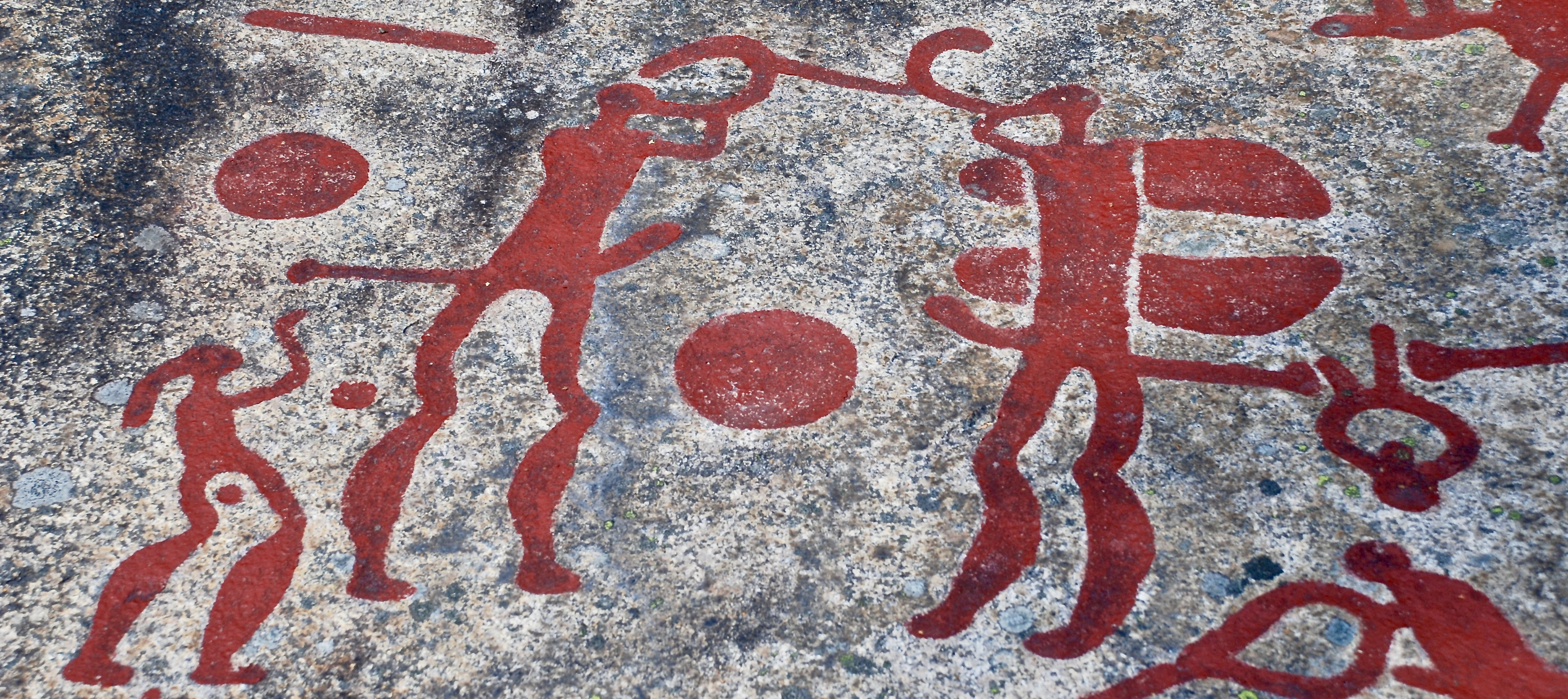Nderbikii Mammoth Feast
A life lived in the vast expanse of the Rivla-lwëp in the southern portion of Dricaro is a hard life. The lack of vegetation, the chill winds, the many predatory creatures and the heavy snows that can sweep across the area at any time of year, can make every life lived there seem like a miracle. The Nderbikii people know this struggle well, and this is why whenever they kill one of the largest creatures that exists in the Rivla-lwëp, they honour its passing and give thanks for the life that it was able to live, and the life that its flesh will impart to them.
History
This ritual has been enacted for as far back as the collective memory of the Nderbikii stretches back, thought to be thousands of years. It was probably started soon after the first people tried to scratch out a living in the harsh wilderness of the Rivla-lwëp.
Execution
When a mammoth is killed the Nderbikii hunting party will first withdraw from their prize, to allow the creature’s kin to return to the corpse if they so desire. Mammoths have been observed to be incredibly social creatures, and they will often return to the body of one of their deceased herd to check if the individual is truly dead and will often stand for hours waiting, until they are certain that their fellow is deceased. The Nderbikii believe that an important part of the hunt is to allow the mammoth’s herd to grieve for the dead, much like they would grieve for a fellow tribe-member.
When the mammoths have left the corpse, the hunting party will approach again and the one deemed to have landed the killing blow will be charged with extracting the creature’s heart and brain, whilst others will bring the rest of the tribe to the location of the kill. When all the tribe are assembled and the two organs are extracted, they are ritually burned and half the ashes are buried in the ground, and half are scattered to the wind. The ashes that are buried will have seeds buried with them, to represent the circle of life and to try and encourage new growth from death in thanks for the life sacrificed.
Once this is completed, the butchering of the carcass begins, and the whole tribe will feast by the side of their kill. Another mark of respect for the creature is that nothing is wasted. Meat that cannot be consumed at the hunting site will be dried for consumption later, whilst the pelt will be used to make clothes or tent fabric, and the bones are used to craft tools and tent supports.
Participants
All members of the tribe participate in the feast, whether they were involved in the hunt or not. However, it is the responsibility of the members of the hunting party to ensure that the slain animal receives the respect it deserves. The one who was deemed to have struck the killing blow is responsible for singing the eulogy of the creature, and for scattering the ashes of its cremated heart and brain to the winds.
Observance
The ritual surrounding a Mammoth Feast takes place, as its name suggests whenever a mammoth is slain by a member of an Nderbikii Tribe. The Nderbikii carry out this practice after every kill of a mammoth regardless of the situation, unless the tribe is deemed to be in grave and immediate danger. Failure to carry out the practice risks bringing misfortune upon all of the tribe’s future hunts. If it is not deemed to be safe to enact the feast and its associated honouring of the slain creature, then the tribe foregoes eating the meet of mammoths for a whole month in recompense for the insult they deemed to have caused the creature.
Primary Related Location
Related Ethnicities



Comments